Article: The Art of Happy Feet on Every Hike
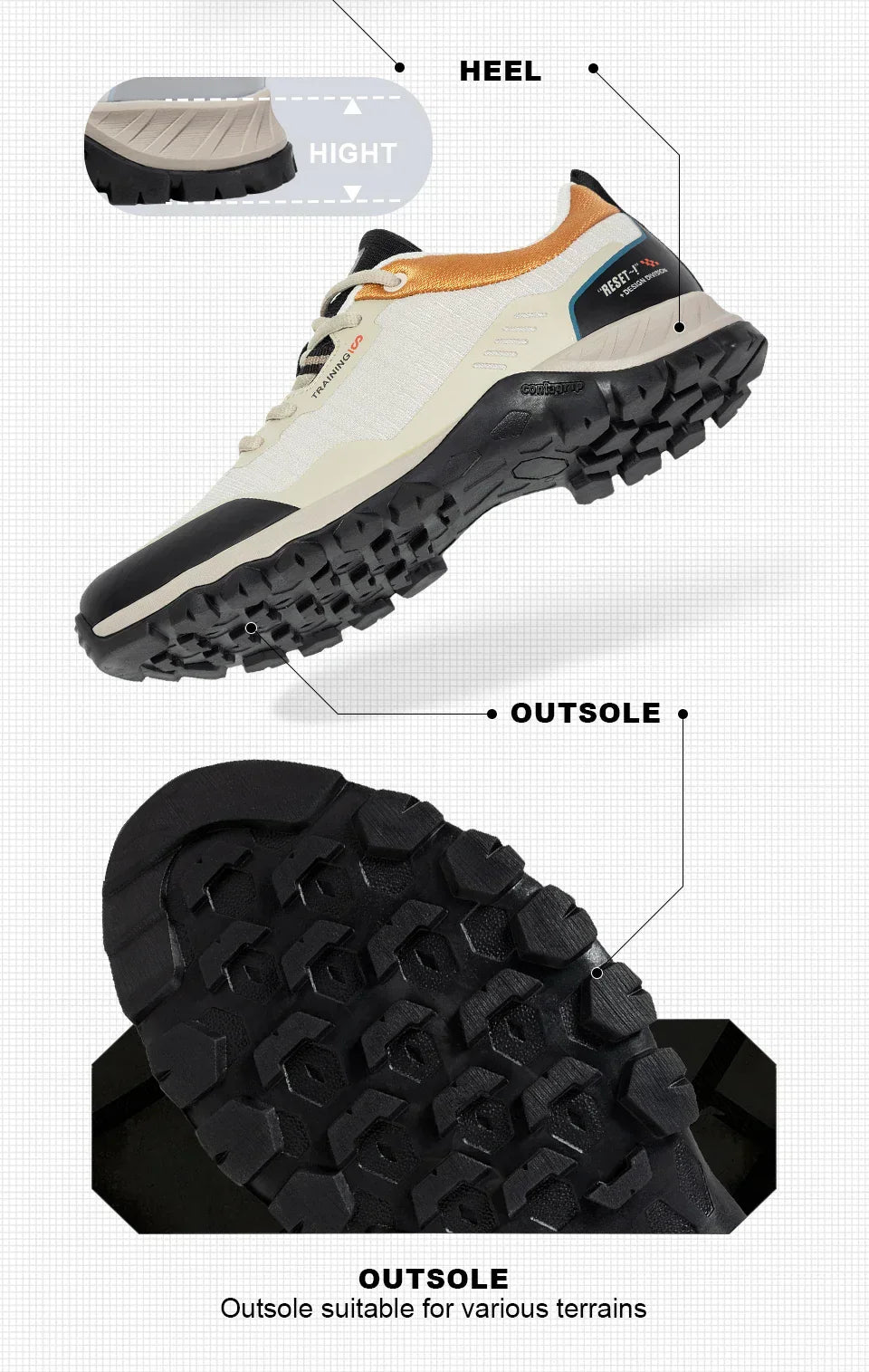
The Art of Happy Feet on Every Hike
Discover how the right shoes can transform your walks into soulful adventures.
Why Your Feet Deserve More Than Just “Any” Shoe
Picture this: You’re standing at the trailhead, the morning sun filtering through the trees, birdsong echoing in the crisp air. Your backpack is ready, your water bottle is full, and your heart is eager for adventure. But within the first mile, your feet begin to protest—achy arches, pinched toes, and the dreaded hot spots that signal blisters. Suddenly, the magic of the wilderness fades beneath the nagging discomfort of ill-fitting shoes.
Your feet are marvels of engineering. On a 10-mile hike, they endure over 20,000 steps, absorbing forces up to three times your body weight with every stride. They’re your foundation, your shock absorbers, and your propulsion system. Yet, many hikers treat them like an afterthought, squeezing them into generic sneakers or flimsy boots that prioritize style over support.
The truth? Your feet are the unsung heroes of every hike. They deserve footwear that honors their resilience, protects their delicate ecosystems, and lets them move in harmony with the earth.
The Silent Saboteurs: How Cheap Hiking Shoes Steal Your Joy
Cheap hiking shoes are the ultimate false economy. They lure you with low prices and trendy designs, but beneath the surface, they’re ticking time bombs for discomfort. Let’s dissect their flaws:
1. Blisters: The Tiny Terrors
Blisters form when friction meets moisture. Cheap shoes often have rigid seams, uneven stitching, or bulky liners that rub against your skin like sandpaper. Combine this with sweat-trapping synthetic materials, and you’ve created a blister incubator.
“I thought I’d saved money,” says avid hiker Clara M., “but after two miles, my heels were raw. I spent the rest of the trip limping back to the car.”
2. Overheating: The Swampy Foot Syndrome
Non-breathable materials—like plastic-based liners and solid rubber uppers—turn your shoes into saunas. Overheated feet swell, increasing pressure on toes and joints. Worse, damp skin becomes fragile, tearing easily and inviting infections.
3. Poor Support: The Hidden Toll on Your Body
Thin soles and floppy arches don’t just hurt your feet—they strain your knees, hips, and lower back. Every misstep sends shockwaves up your skeleton, leaving you exhausted long before the summit.
The Anatomy of a Great Hiking Shoe: Science Meets Soul
At Marije.Store, we design footwear that bridges the gap between rugged protection and barefoot freedom. Here’s what makes our shoes trail-ready miracles:
1. Armor Against the Elements
-
Rock-Repelling Soles: Multi-directional lugs grip loose gravel, mud, and slick rocks, while shock-absorbing midsoles cushion every step.
-
Toe Guards & Heel Counters: Reinforced bumpers protect against stubbed toes, and rigid heel cups stabilize ankles on uneven terrain.
-
Weather-Proof Versatility: Breathable waterproof membranes (like GORE-TEX®) block rain without trapping sweat, keeping feet dry in all conditions.
2. Breathability: The Art of Cool, Dry Feet
Feet release up to half a liter of sweat per day during hikes. Our shoes combat moisture with:
-
3D Mesh Panels: Strategically placed ventilation zones channel airflow.
-
Moisture-Wicking Liners: Antibacterial fabrics pull sweat away from skin, reducing odor and slippage.
-
Airflow Channels: Sculpted footbeds lift soles slightly off the base, creating a cooling microclimate.
3. Blister-Busting Design: No Friction, No Drama
-
Seamless Interiors: Laser-cut edges and welded panels eliminate rubbing.
-
Ankle Collars with Memory Foam: Cradles your Achilles tendon, preventing heel lift.
-
Anti-Slip Tongues: Gusseted tongues stay centered, avoiding bunching or side drift.
Choosing Your Trail Companion: A Step-by-Step Guide
The perfect hiking shoe is like a soulmate—supportive, reliable, and tailored to your needs. Follow this roadmap to find yours:
Step 1: Know Your Terrain
-
Day Hikes: Lightweight shoes with flexible soles for agility.
-
Multi-Day Treks: Sturdy boots with ankle support and rigid shanks for heavy loads.
-
Rocky Trails: Aggressive treads and toe protection for scrambling.
Step 2: Fit Like a Pro
-
Shop Late: Feet swell throughout the day—try shoes on in the afternoon.
-
Wear Hiking Socks: Test shoes with the socks you’ll use on trails.
-
Check the Toe Box: Wiggle your toes freely. If they touch the front on a downhill slope, size up.
Step 3: Break Them In Gently
Even the best shoes need a courtship period:
-
Wear them for short walks first.
-
Test them on stairs, slopes, and gravel paths.
-
Adjust lacing patterns to relieve pressure points.
Beyond Shoes: Pro Tips for Happy Feet
Great footwear is just the start. Elevate your foot care game with these habits:
1. Socks Matter
-
Material: Merino wool regulates temperature and fights odor.
-
Seams: Seamless or flat-stitched socks prevent friction.
-
Layering: Use liner socks under thicker pairs for wicking and cushioning.
2. Pre-Hike Prep
-
Trim Nails: Short, rounded nails avoid pressure against shoe fronts.
-
Tape Hot Spots: Apply moleskin or blister tape to prone areas before hiking.
-
Strengthen Feet: Toe spreads, calf raises, and balance exercises build resilience.
3. Post-Hike TLC
-
Air Out Shoes: Remove insoles and let shoes dry fully between hikes.
-
Massage Feet: Roll a tennis ball under your arches to relieve tension.
-
Moisturize: Hydrate skin with shea butter or coconut oil to prevent cracks.
Invest in Joy: Why Quality Footwear Pays for Itself
High-quality hiking shoes aren’t an expense—they’re an investment in your passion. Consider this:
-
Durability: Premium materials last 2–3 times longer than cheap alternatives.
-
Health Savings: Prevent costly injuries like plantar fasciitis or stress fractures.
-
Resale Value: Well-maintained shoes can be resold or donated, unlike worn-out fast fashion.
As environmentalist John Muir said, “The mountains are calling, and you must go.” But when your feet are blistered and aching, the call fades to a whisper. At Marije.Store, we want you to answer that call with confidence, comfort, and unshakable joy.
FAQs: Your Footwear Questions, Answered
Q: Can I use running shoes for hiking?
A: Running shoes lack the ankle support, grip, and durability needed for rugged trails. Save them for paved paths.
Q: How often should I replace hiking shoes?
A: Replace them every 500–800 miles, or when treads wear flat, soles lose cushioning, or seams split.
Q: Are waterproof shoes worth it?
A: Yes—if you hike in rain, snow, or dewy meadows. For dry climates, prioritize breathability over waterproofing.
Walk Boldly, Walk Comfortably, Walk Forever
Hiking is more than a hobby—it’s a love affair with the wild. Every trail holds moments of wonder: sunlight dappling through leaves, the crunch of frost underfoot, the quiet triumph of a summit view. Don’t let foot pain rob you of these joys.
At Marije.Store, we craft shoes for those who believe the journey matters as much as the destination. Our footwear is designed to disappear beneath you—not because it’s flimsy, but because it’s flawlessly in sync with your stride.
Ready to fall in love with hiking all over again?
Visit www.marije.store today and step into footwear that lets your feet—and your spirit—roam free.
Where every step is a story. 🌄👣


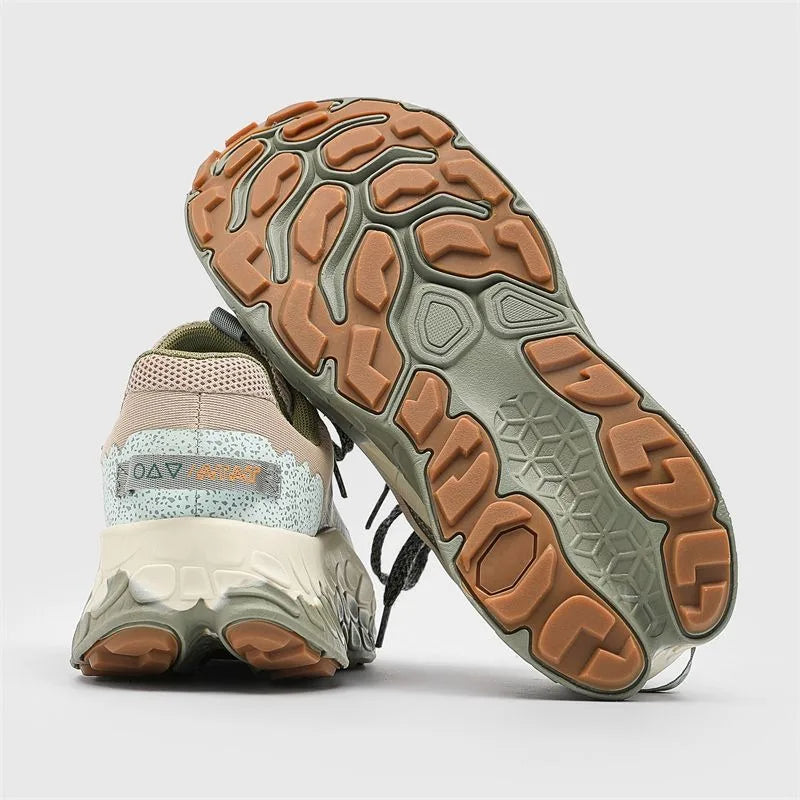
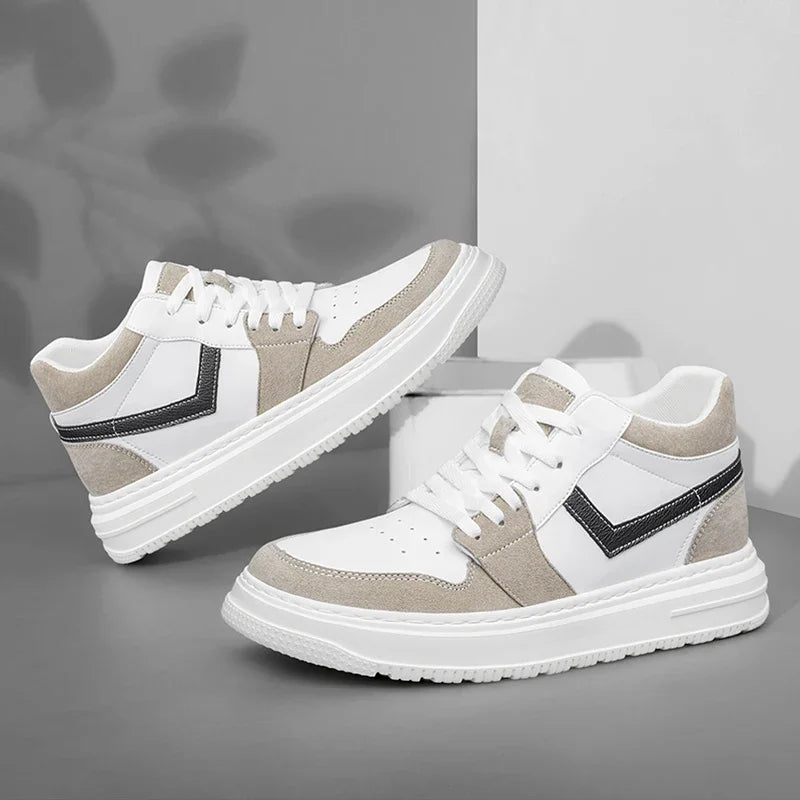
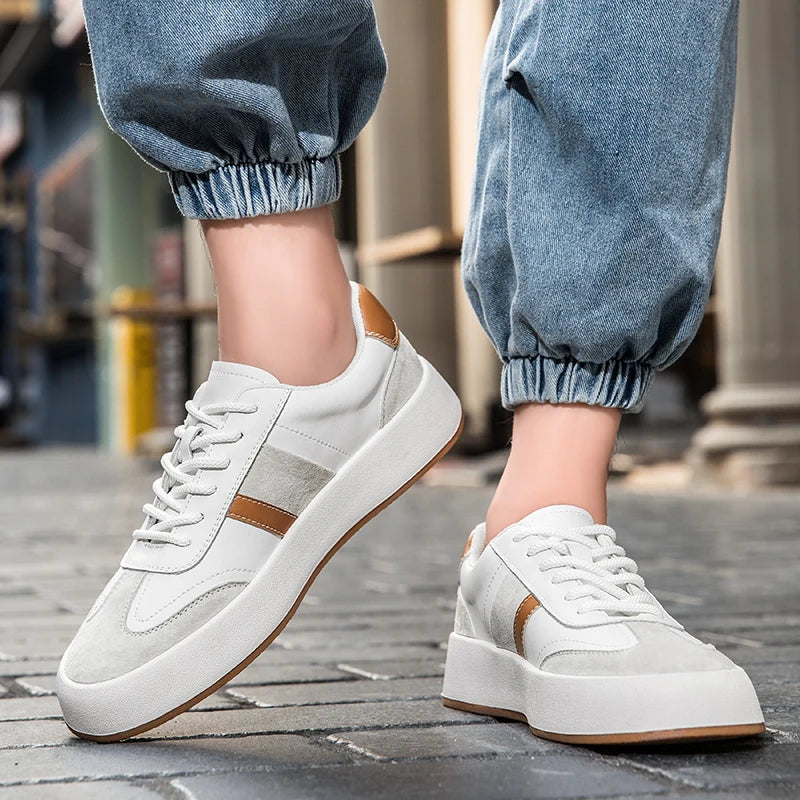
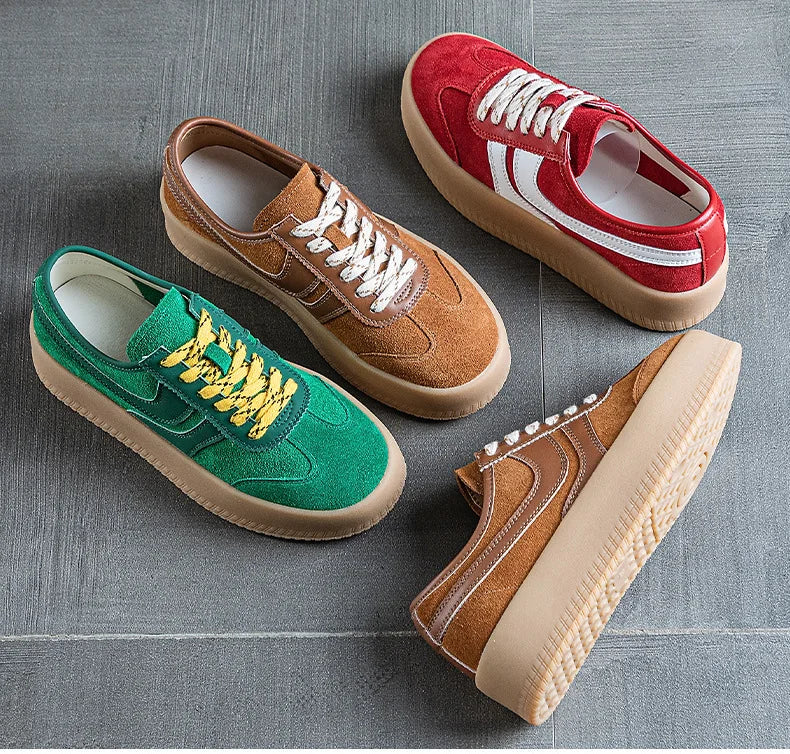

Leave a comment
This site is protected by hCaptcha and the hCaptcha Privacy Policy and Terms of Service apply.